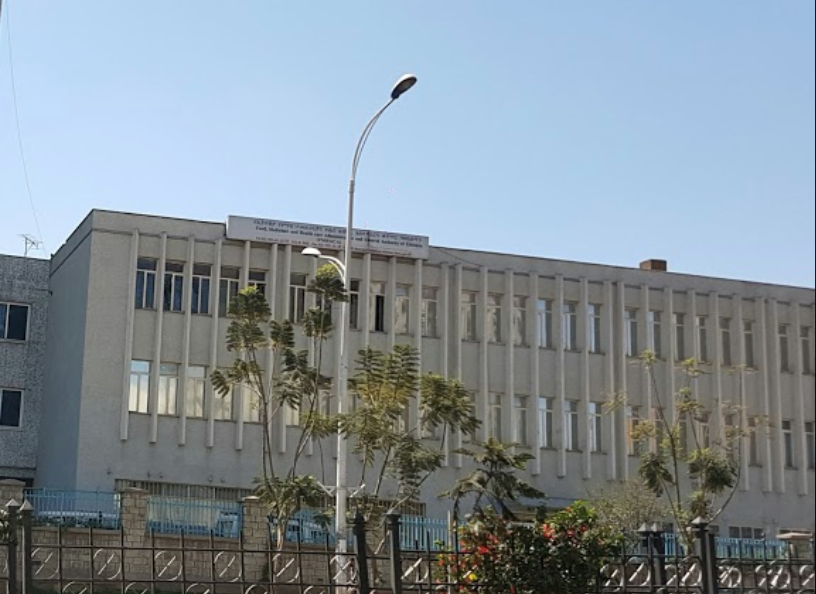
Fortune News | Jul 22,2023
Jun 17 , 2023
By MUNIR SHEMSU ( FORTUNE STAFF WRITER )
The Ethiopian Civil Aviation Authority (ECAA) entered a two million euro deal with the global aerospace giant Leonardo to secure spare parts and maintenance services for its ageing radar system. The decision comes after numerous attempts to replace the existing system fell through due to prohibitive costs.
Despite the cost, radar technology significantly enhanced the safety and efficiency of modern aviation and enabled improved information-sharing capabilities, even between aircraft. Aviation authorities hope the recent deal with Leonardo will support Ethiopia’s aviation sector. Modernizing the radar system is no small feat.
Leonardo, the eighth-largest aerospace company globally and one of Europe’s prominent defence contractors, has a third of its shares owned by the Italian government. The company installed the original radar system 13 years ago, with the radar and automatic dependent surveillance system (ADS-B) costing 10 million dollars at the time. The system helped to reduce landing times at Bole International Airport by half an hour.
An average of 250 daily flights operated by 24 airlines use Bole International Airport, also serving as a hub for the Ethiopian Airlines Group, with over 145 planes under its fleet.
“This was an important deal,” Endale Kidane, the communications director, told Fortune.
Over the years, the Authority has tried to attract potential bidders to supply parts for the aeronautical message handling system (AMHS) as well as communications and navigation surveillance (Radar & ADS-B). Air navigation radar systems from most aerospace suppliers are priced upwards of 10 million dollars, compelling officials of the Authority to search for an alternative, according to Endale.
After discussions with suppliers and within the Authority, it was concluded that purchasing the parts and maintenance was the most suitable approach, Mengistu Nigussie, deputy director, told Parliament two months ago. He highlighted the issues caused by the old radar system, which surveils a specific part of the airspace from Bole International Airport.
Radars are pivotal in the aviation industry, ensuring aircraft location within a defined radius and sequencing arrivals. The Minister of Transport & Logistics, Alemu Sime (PhD), emphasized the necessity of purchasing a new radar system or initiating targeted maintenance operations.
The Authority, established in 1944, a year before Ethiopian Airlines, has since been providing air navigation and regulatory services. Although its mandate to develop and maintain airports were transferred to the Ethiopian Airports Enterprise in 2003, the Authority continues to charge air navigation fees to any user performing a flight in one or more national airspaces to cover the costs of the provided services.
Any flight over a national air space incurs a navigation charge, determined based on the country’s scale. For Ethiopia, these charges depend on the maximum takeoff weight (MTOW) and the distance covered, according to data from the African Airlines Association (AFRAA). It reported 2.2 million dollars in revenue as of April this year.
Ahmed Kello (PhD), former CEO of Ethiopian Airlines and now managing director of First Consult Plc, pointed out the significant role of a radar system in fostering automation in air traffic control. He stressed the remarkable difference globally between the pre and post-radar system era.
Yegzeru Belete served Ethiopian Airlines as a pilot before retiring recently.
“We’re queuing up in the air,” Yegzeru recalled discussing the challenges of landing aircraft without a radar system.
Pilots had to rely on radio communications with air traffic controllers to verify their altitude and coordinate descent patterns. The arrival of radar technology not only eased these logistical complications but also added to the safety, speed, and information-sharing capacities between planes.
He remembered flying challenges before installing a radar system to monitor Ethiopian skies. Over 15 years ago, planes would circle in the air until air traffic controllers confirmed a clear landing space, leading to excessive fuel consumption and extended flight hours.
"Radar systems were and continue to be expensive," he said.
PUBLISHED ON
Jun 17,2023 [ VOL
24 , NO
1207]

Fortune News | Jul 22,2023

Fortune News | Apr 12,2020

Fortune News | Feb 22,2020

Fortune News | Mar 25,2023

Radar | Jun 30,2024

Radar | Nov 16,2019

Fortune News | Jul 18,2021

Fortune News | Sep 29,2024

Radar | Sep 28,2019

Fortune News | Apr 13,2020

Dec 22 , 2024 . By TIZITA SHEWAFERAW
Charged with transforming colossal state-owned enterprises into modern and competitiv...

Aug 18 , 2024 . By AKSAH ITALO
Although predictable Yonas Zerihun's job in the ride-hailing service is not immune to...

Jul 28 , 2024 . By TIZITA SHEWAFERAW
Unhabitual, perhaps too many, Samuel Gebreyohannes, 38, used to occasionally enjoy a couple of beers at breakfast. However, he recently swit...

Jul 13 , 2024 . By AKSAH ITALO
Investors who rely on tractors, trucks, and field vehicles for commuting, transporting commodities, and f...

Jul 5 , 2025
Six years ago, Ethiopia was the darling of international liberal commentators. A year...

Jun 28 , 2025
Meseret Damtie, the assertive auditor general, has never been shy about naming names...

Jun 21 , 2025
A well-worn adage says, “Budget is not destiny, but it is direction.” Examining t...

Jun 14 , 2025
Yet again, the Horn of Africa is bracing for trouble. A region already frayed by wars...